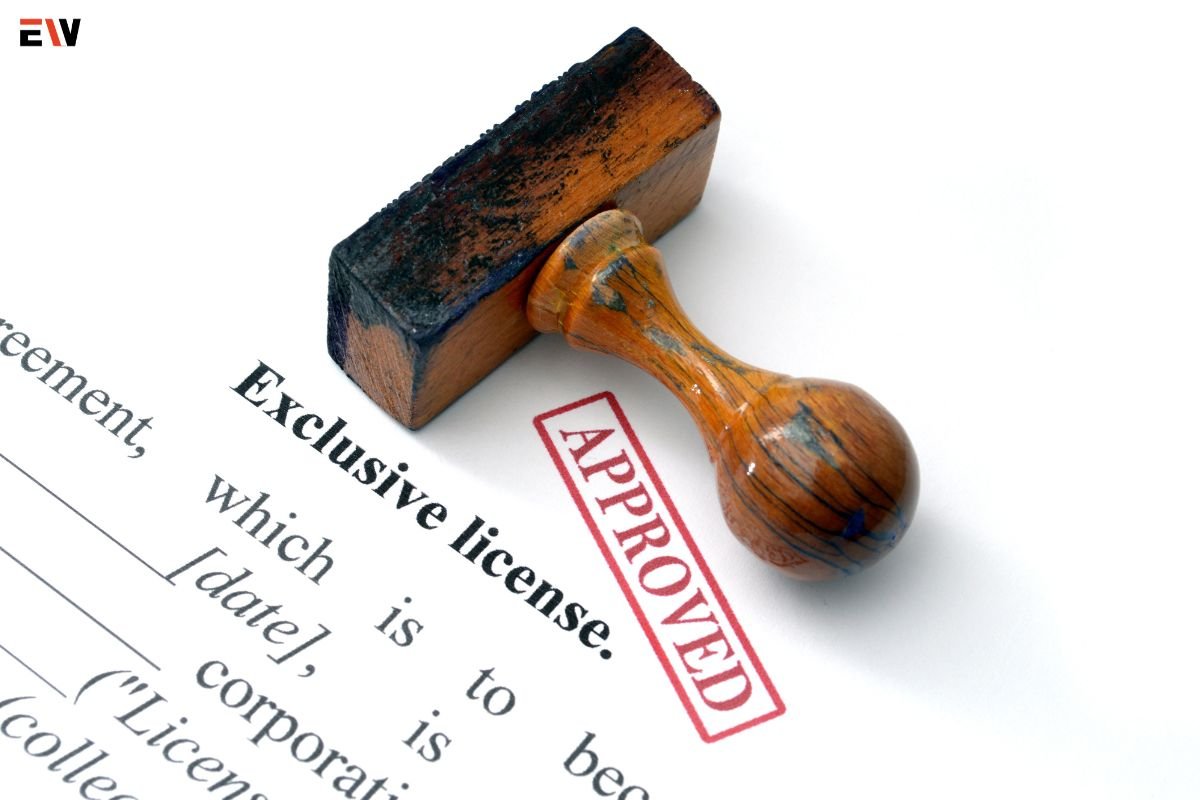The small lending business sector offers numerous opportunities for entrepreneurs looking to enter the financial services industry. Small lending businesses provide loans to individuals and small businesses that may not qualify for traditional bank financing. This guide will walk you through the essential steps to start a small lending business, covering key aspects such as market research, legal requirements, business planning, and operational setup.
Why Start a Small Lending Business?
Starting a small lending business can be lucrative and fulfilling for several reasons:
- High Demand: Many individuals and small businesses need financing but struggle to secure loans from traditional banks.
- Flexibility: Small lenders can offer flexible terms and personalized services.
- Profit Potential: Lenders can generate revenue through interest rates, fees, and other charges.
- Community Impact: Supporting local businesses and individuals can have a positive impact on the community.
8 Steps to Start a Small Lending Business
1. Conduct Market Research
Before launching your lending business, it’s crucial to understand the market landscape:
- Identify Your Niche: Determine the types of loans you want to offer (e.g., personal loans, business loans, payday loans, etc.).
- Analyze Competition: Study existing lenders in your target market to understand their offerings, strengths, and weaknesses.
- Understand Regulations: Research federal and state regulations governing small lending businesses to ensure compliance.
2. Develop a Business Plan
A well-structured business plan is essential for guiding your business and securing funding. Key components of a business plan include:

- Executive Summary: Overview of your business, including mission, vision, and objectives.
- Market Analysis: Detailed analysis of your target market, competition, and industry trends.
- Business Model: Description of your lending products, interest rates, fee structure, and repayment terms.
- Marketing Strategy: Plan for attracting and retaining customers, including advertising, promotions, and partnerships.
- Financial Projections: Revenue and expense forecasts, break-even analysis, and funding requirements.
3. Secure Funding
Starting a lending business requires significant capital. Explore various funding options:
- Personal Savings: Using your own funds to start the business.
- Investors: Attracting private investors or venture capitalists.
- Business Loans: Securing a loan from a bank or financial institution.
- Crowdfunding: Raising small amounts of money from a large number of people.
4. Legal Structure and Licensing
Choose a legal structure for your business, such as a sole proprietorship, partnership, LLC, or corporation. Each structure has different implications for liability, taxes, and regulations.

- Register Your Business: Register your business name and legal structure with the appropriate state authorities.
- Obtain Licenses and Permits: Apply for the necessary licenses and permits required to operate a lending business in your state. This may include a lender’s license, business license, and any other relevant permits.
- Compliance: Ensure compliance with federal and state lending laws, including the Truth in Lending Act (TILA), Fair Credit Reporting Act (FCRA), and any state-specific regulations.
5. Set Up Operations
Establish the operational framework for your lending business:
- Office Space: Secure a physical office space or set up a virtual office, depending on your business model.
- Technology Infrastructure: Invest in loan management software to streamline the application, approval, and repayment processes.
- Banking Relationships: Open business bank accounts and establish relationships with financial institutions for processing transactions.
- Staffing: Hire qualified staff, including loan officers, underwriters, customer service representatives, and administrative personnel.
6. Develop Lending Policies
Create clear and comprehensive lending policies to guide your operations:
- Loan Application Process: Define the steps and criteria for evaluating loan applications.
- Credit Evaluation: Establish criteria for assessing the creditworthiness of applicants.
- Interest Rates and Fees: Determine the interest rates and fees for different types of loans.
- Repayment Terms: Set repayment schedules and terms for borrowers.
- Collections Process: Develop procedures for handling late payments and defaults.
7. Marketing and Customer Acquisition
Implement a marketing strategy to attract borrowers to your lending business:
- Website and Online Presence: Create a professional website and maintain a strong online presence through social media and digital marketing.
- Local Advertising: Use local advertising methods such as newspapers, radio, and community events to reach potential customers.
- Partnerships: Establish partnerships with local businesses, real estate agents, and financial advisors to generate referrals.
- Customer Relationship Management: Implement CRM software to manage customer interactions and build long-term relationships.
8. Risk Management
Mitigate risks associated with lending by implementing effective risk management strategies:

- Diversification: Diversify your loan portfolio to spread risk across different types of loans and borrowers.
- Credit Scoring Models: Use advanced credit scoring models to accurately assess borrower risk.
- Loan Insurance: Consider purchasing loan insurance to protect against borrower defaults.
- Legal Counsel: Maintain a relationship with a legal counsel to navigate complex lending laws and handle disputes.
Conclusion
Starting a small lending business requires careful planning, significant capital, and a thorough understanding of the lending industry. By following these steps—conducting market research, developing a business plan, securing funding, obtaining the necessary licenses, setting up operations, developing lending policies, implementing a marketing strategy, and managing risk—you can establish a successful lending business that meets the needs of your community while generating a profitable return.
With dedication, strategic planning, and a focus on customer service, your small lending business can thrive in today’s competitive financial landscape.










